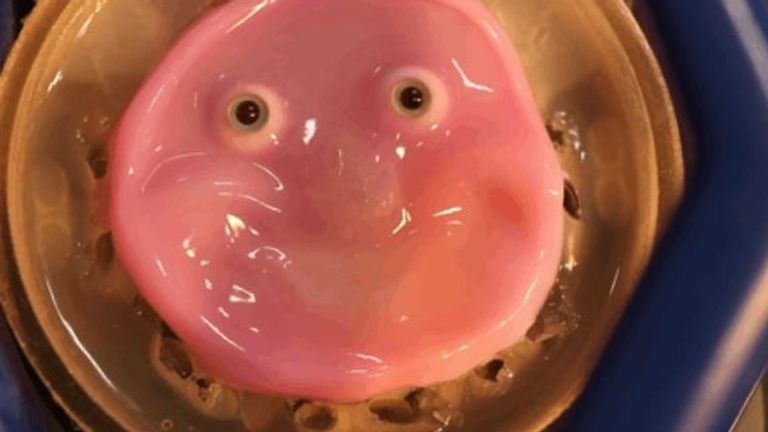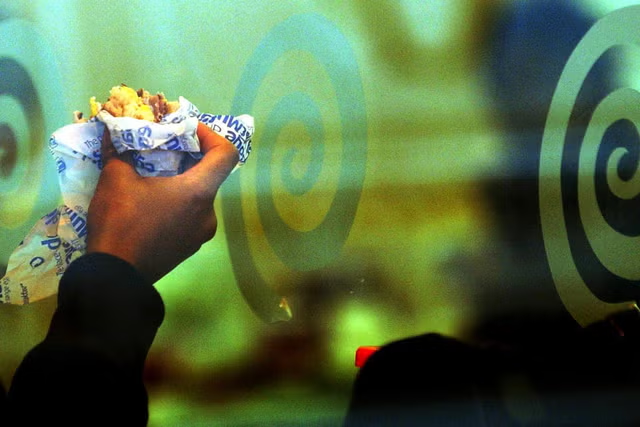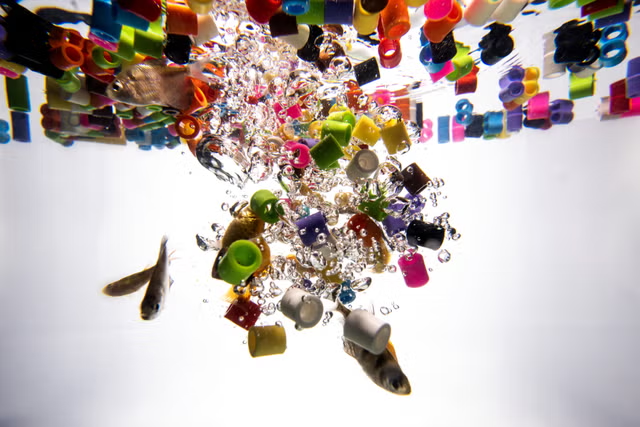Archaeologists have uncovered evidence of an Indigenous ritual in Australia that appears to have been practiced continuously for 500 generations—from as far back as 12,000 years ago to the 19th century—a study has revealed.
Remarkable findings from a cave located in the southeast of the country represent what is likely the "oldest archaeological evidence" for a ritual that has also been documented by modern ethnographers, study author Bruno David of Monash University in Australia, told Newsweek. (Ethnography—a branch of anthropology that involves the study of cultures—did not truly emerge as a scientific discipline until the 18th-19th centuries.)
"Nowhere else on Earth has archaeological evidence of a very specific cultural practice previously been tracked so far back in time," David said in a press release.
The latest discoveries, documented in a study published in the journal Nature Human Behaviour, shed light on the rich cultural heritage of the GunaiKurnai—an Aboriginal Australian nation that is one of the world's oldest living cultures.
At the invitation of GunaiKurnai Aboriginal Elders, David and colleagues undertook archaeological excavations at Cloggs Cave, located in the foothills of the Australian Alps in the state of Victoria.
These investigations uncovered two miniature fireplaces, each featuring a single shaped stick embedded within them made of wood from a plant belonging to the Casuarina genus (or group of species).
A chemical analysis of both sticks revealed that they had been smeared with animal or human fat—and that they date back to 11,000 and 12,000 years ago respectively, which roughly corresponds to the end of the last ice age. No evidence of cooking or heating was found at the site.
Nineteenth century ethnography sheds light on the purpose of these fireplaces and the sticks found within them, which represent Australia's oldest known wooden artifacts, the study reports.
In the late 1800s, pioneering ethnographer Alfred Howitt described a ritual involving such artifacts from information he was given by GunaiKurnai Elders and other community members at the time. According to Howitt, the ritual was practiced by "mulla-mullung"—who were powerful GunaiKurnai medicine men and women.
The ethnographer's description of the ritual indicates that it involved fastening something belonging to a sick person to the end of a throwing stick smeared in human or kangaroo fat. The throwing stick was then stuck slanted in the ground before a fire was lit underneath it. The mulla-mullung would then chant the name of the sick person, and once the stick fell, the charm was complete.
Notably, Howitt observed that the stick was made of Casuarina wood and that the practice still existed at the time he was writing.
This evidence suggests the cave was used for ritual purposes around the end of the last ice age—and that the ritual Howitt described, in particular, was passed down between 500 generations in GunaiKurnai Country.
There are several strong connections between the archaeological evidence and 19th century ethnographic observations, according to David. These include not only the presence of a single trimmed stick in each instance, but also that they were each slightly burnt very briefly by a miniature fire the size of a human hand, the fact that the wood was made of a Casuarina species, and the presence of animal and human fat on the sticks.
"It's possible in theory that the practice stopped and then started again, but if that was the case, its cultural knowledge would still have had to have been transmitted from generation to generation through that intervening time, as the individual, and combination, of the multiple details that make up the ritual installation are too unusual to be recreated in this precise combination out of the blue," David said.
The ritual is no longer practiced today because traditional knowledge was interrupted when European settlers arrived in the region in the 1860s, GunaiKurnai Elder and study co-author Uncle Russell Mullett told Newsweek.
"Gunaikurnai people were moved off our Country and onto mission stations," he said. "Families were broken up, and we were forbidden to practice our culture or speak our language. The impacts of these colonial decisions are still felt by our community today, which is why these discoveries and reclamation of our connection to culture are so essential."
The latest findings are significant, in part, because in societies without writing, rituals known to ethnographers have rarely been traced back using archaeological evidence more than a few hundred years, according to the authors.
The study represents a landmark collaboration between researchers and the GunaiKurnai Land and Waters Aboriginal Corporation (GLaWAC), which represents the Aboriginal Traditional Owners of the cave site. The research was requested, led by, and undertaken with the participation of the GLaWAC.
"For these artifacts to survive is just amazing. They're telling us a story," Mullett said in the press release. "A reminder that we are a living culture still connected to our ancient past. It's a unique opportunity to be able to read the memoirs of our Ancestors and share that with our community... It's only when you combine the Western scientific techniques with our traditional knowledge that the whole story can start to unfold."
Do you have a tip on a science story that Newsweek should be covering? Do you have a question about archaeology? Let us know via science@newsweek.com.
Disclaimer: The copyright of this article belongs to the original author. Reposting this article is solely for the purpose of information dissemination and does not constitute any investment advice. If there is any infringement, please contact us immediately. We will make corrections or deletions as necessary. Thank you.



